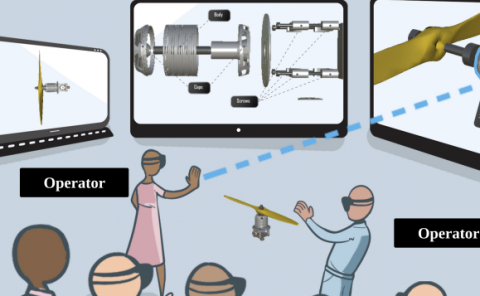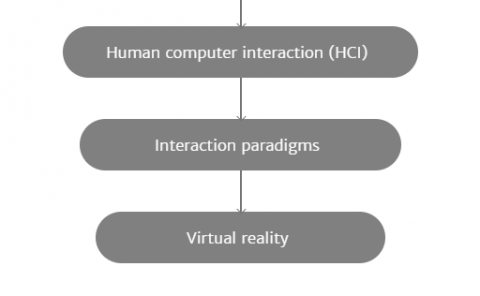Using Socially Expressive Mixed Reality Arms for Enhancing Low-Expressivity Robots
PubDate: Nov 2019
Teams: University of Southern California
Writers: Thomas R. Groechel, Zhonghao Shi, Roxanna Pakkar, Maja J. Matarić
PDF: Using Socially Expressive Mixed Reality Arms for Enhancing Low-Expressivity Robots

Abstract
Expressivity–the use of multiple modalities to convey internal state and intent of a robot–is critical for interaction. Yet, due to cost, safety, and other constraints, many robots lack high degrees of physical expressivity. This paper explores using mixed reality to enhance a robot with limited expressivity by adding virtual arms that extend the robot’s expressiveness. The arms, capable of a range of non-physically-constrained gestures, were evaluated in a between-subject study (n=34) where participants engaged in a mixed reality mathematics task with a socially assistive robot. The study results indicate that the virtual arms added a higher degree of perceived emotion, helpfulness, and physical presence to the robot. Users who reported a higher perceived physical presence also found the robot to have a higher degree of social presence, ease of use, usefulness, and had a positive attitude toward using the robot with mixed reality. The results also demonstrate the users’ ability to distinguish the virtual gestures’ valence and intent.



